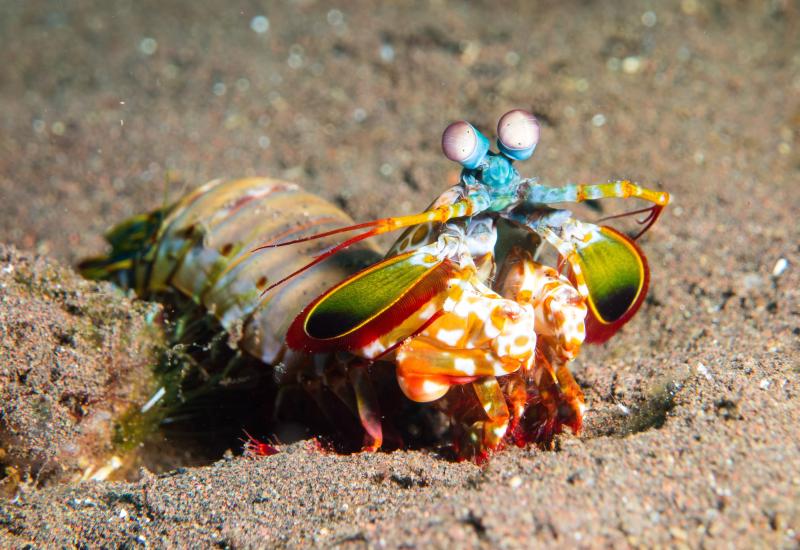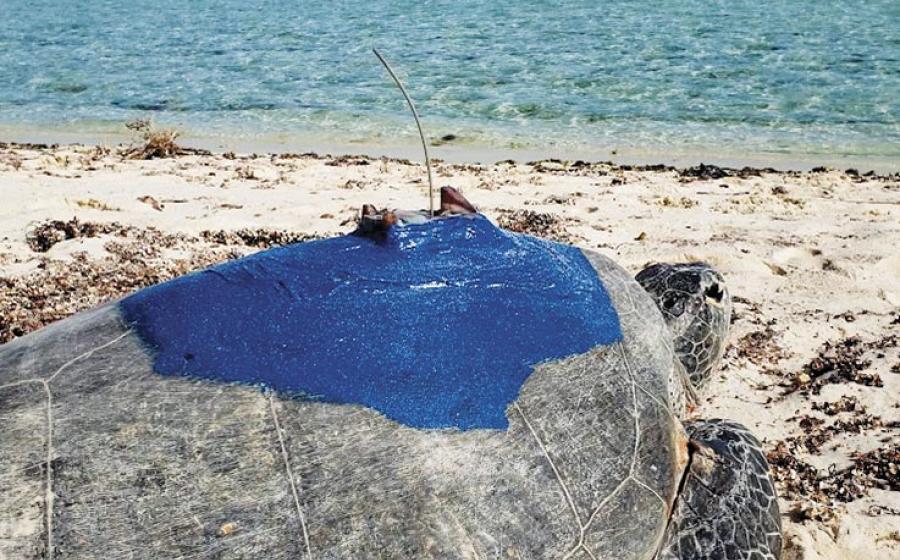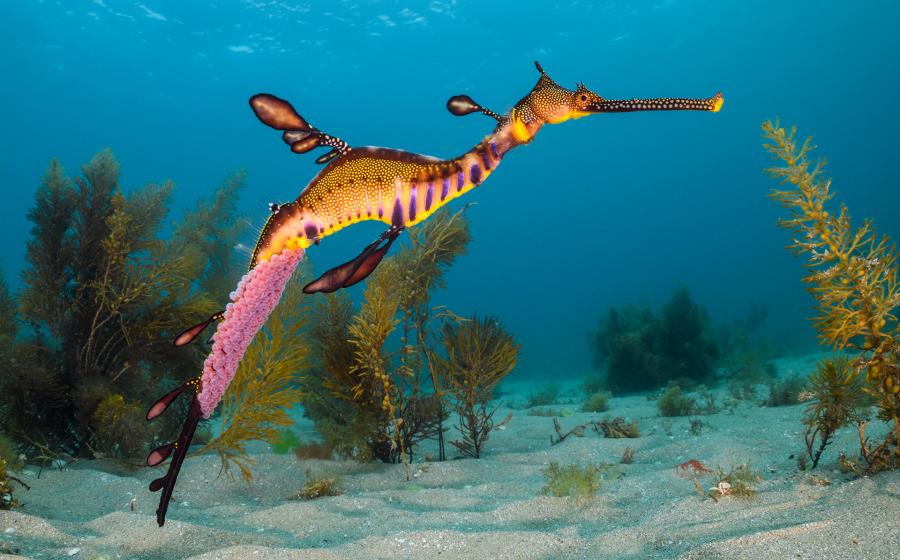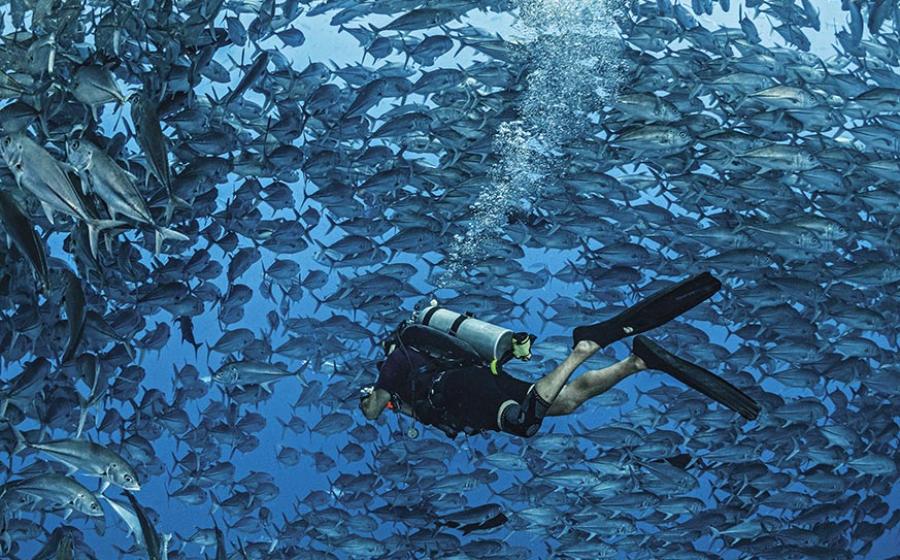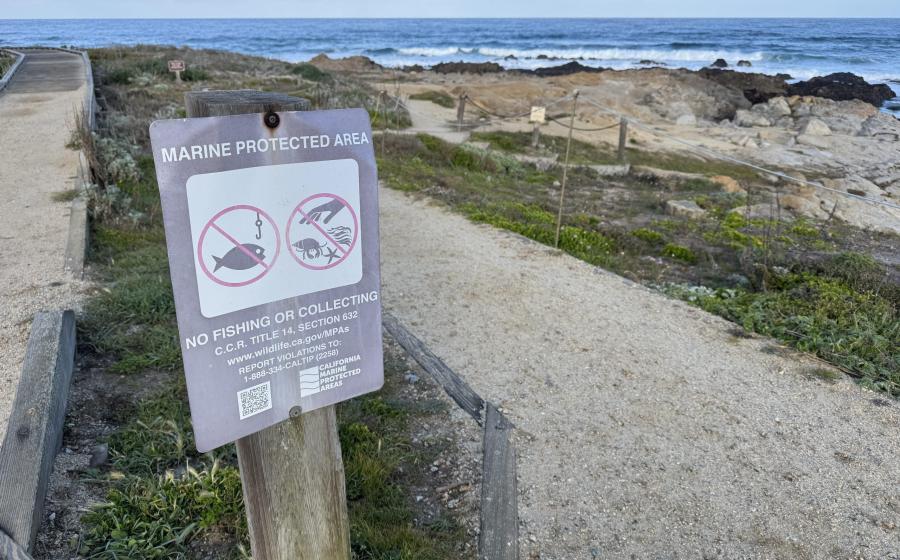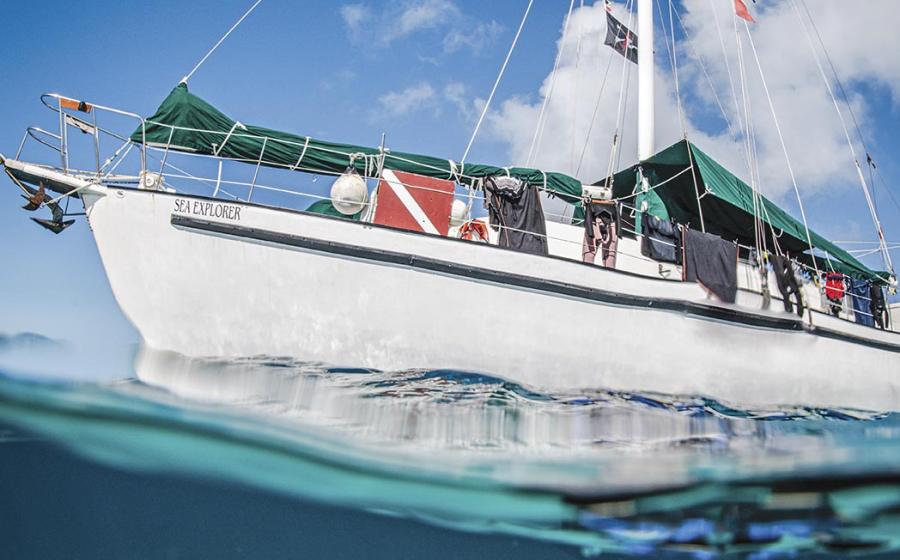Red Sea Turtle Trackers Discover 34 Seagrass Meadows
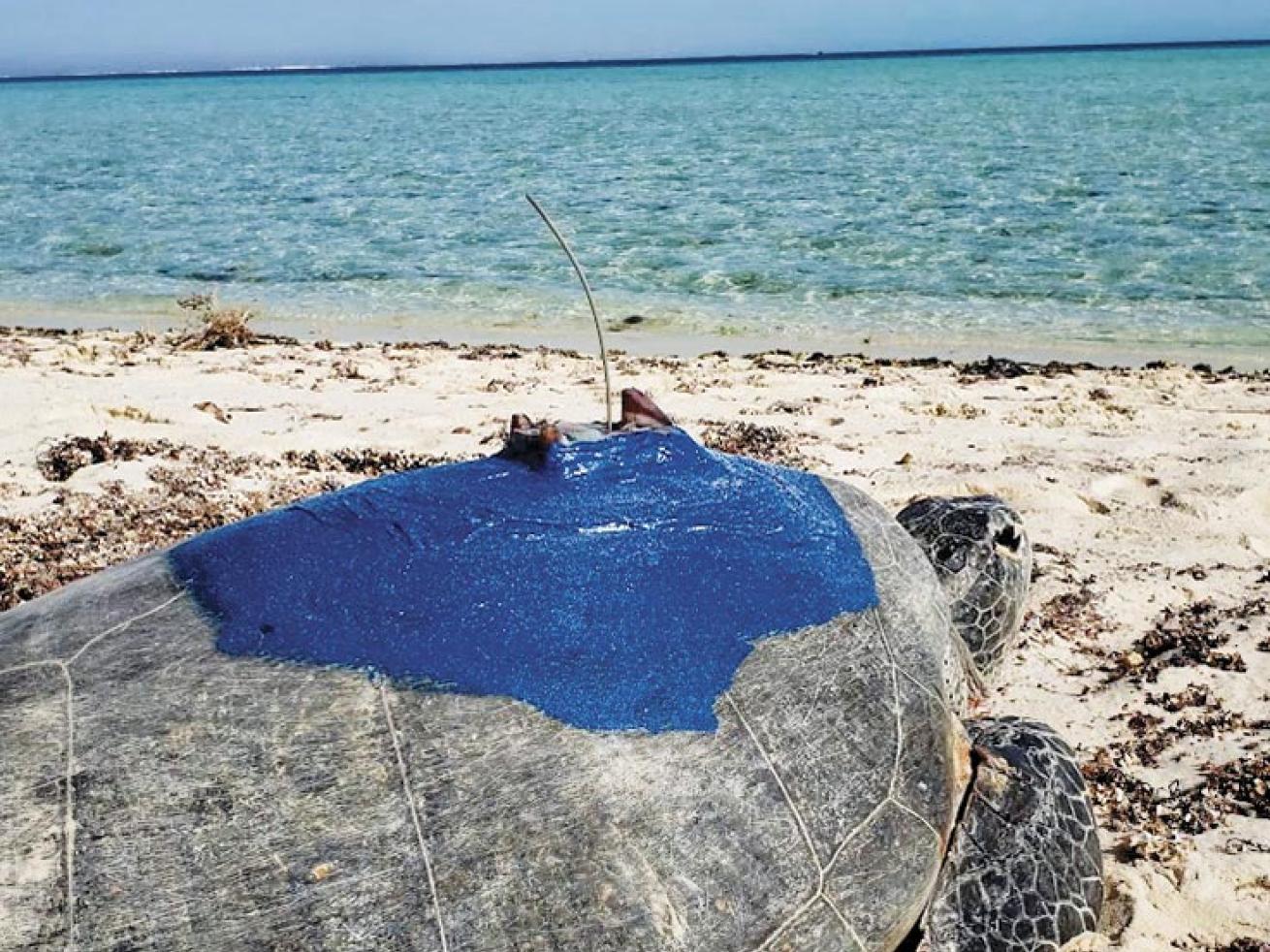
King Abdullah University of Science and Technology (KAUST)Trackers affixed to each turtle’s shell gather location data.
Scientists have discovered 34 new Red Sea seagrass meadows by following sea turtles. In a study published in the Proceedings of the Royal Society B, researchers from King Abdullah University of Science and Technology (KAUST) in Saudi Arabia tagged 53 green turtles, which led the team to 38 distinct foraging sites. Thirty-four of these were previously unknown. More than half of the seagrass meadows discovered were deeper than 5 meters and around a third were below 8 meters.
“We expected them to guide us to seagrass meadows, but we were surprised to find consistent deep meadows,” says KAUST professor Carlos Duarte. He adds that this challenges the idea that Red Sea seagrass habitats are mostly in shallow waters. Discovering the extent of these seagrass meadows can support the conservation of these areas. Using tagged sea turtles to gather data is a strategy that can be used in other data-deficient regions worldwide.
Green sea turtles are herbivores that eat algae and seagrass. “Their amazing navigation capacities, allowing them to return to within 150 meters of their birthplace after 30 years, make them a trusted tracker of seagrass meadows,” says Duarte. They are also surprisingly cost-effective. According to Duarte, tagging turtles costs 1 percent of the amount needed for similarly accurate technology.
“Seagrasses are key habitats for biodiversity, home to dozens of threatened megafauna species,” says Duarte. “They also rank among the most intense carbon sinks in the biosphere, nurturing 20 percent of global fisheries and protecting our coastal infrastructure and homes.”




